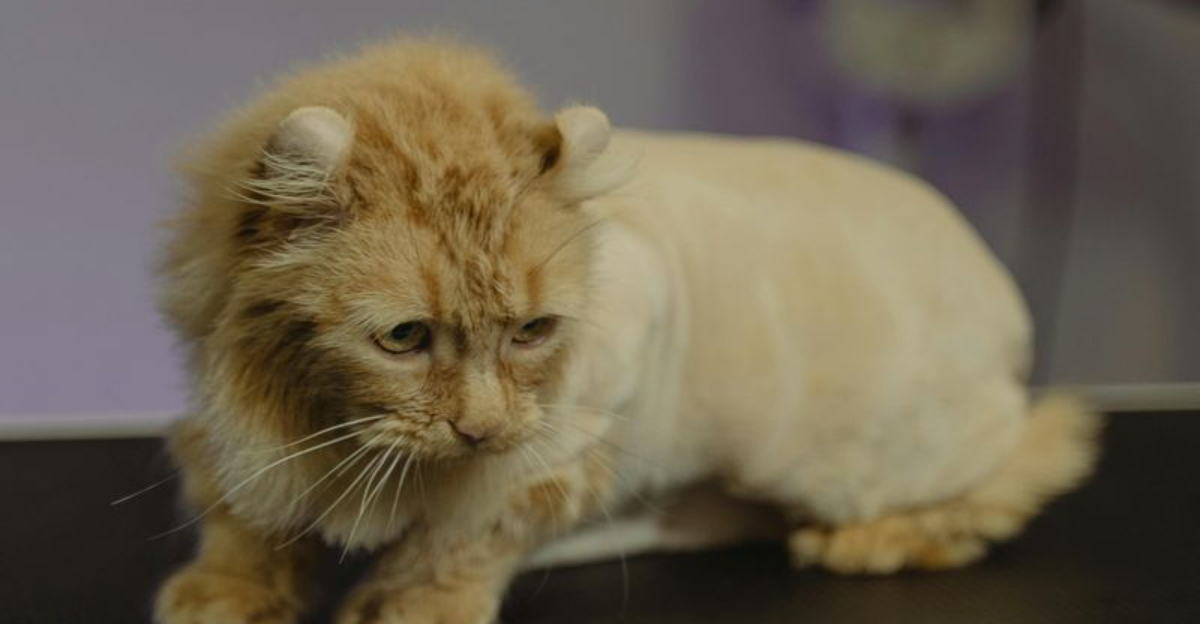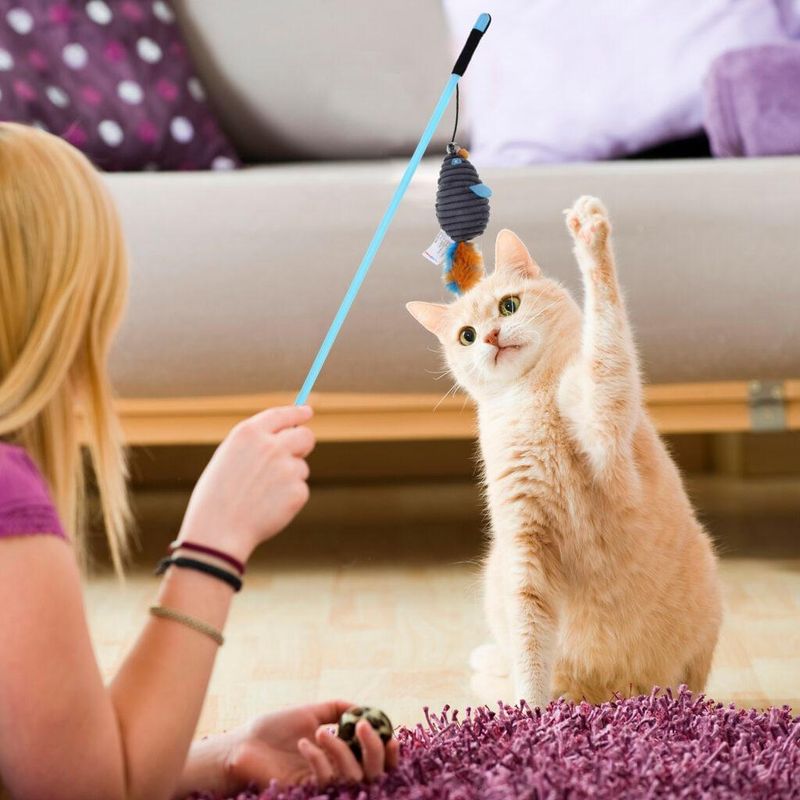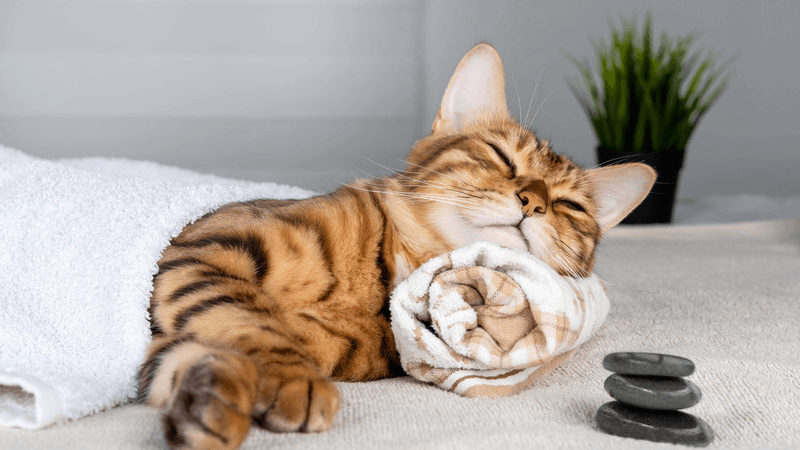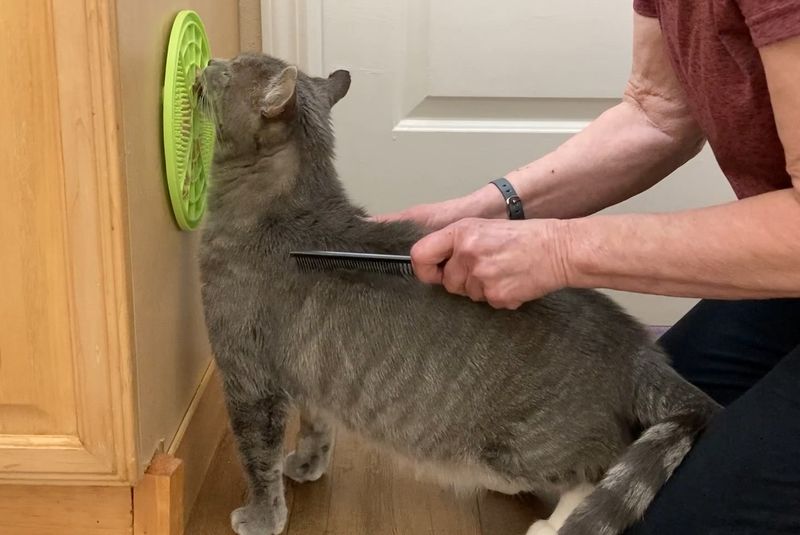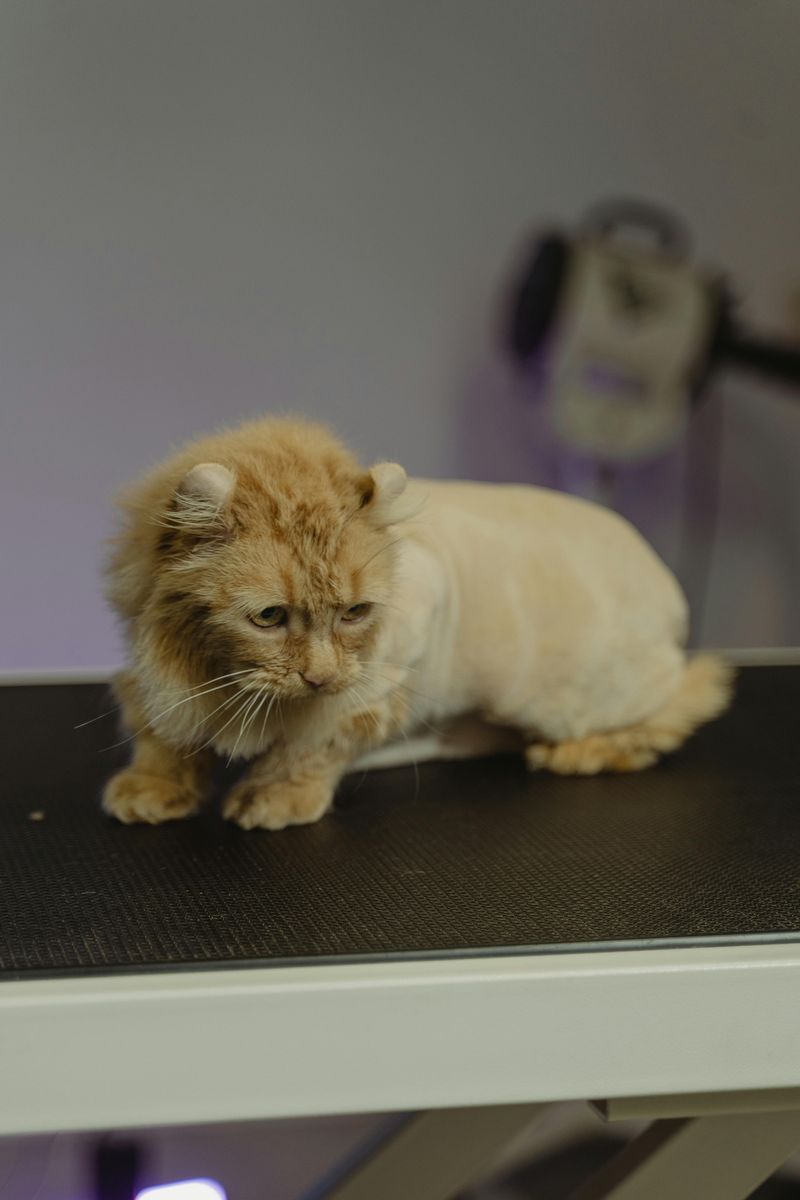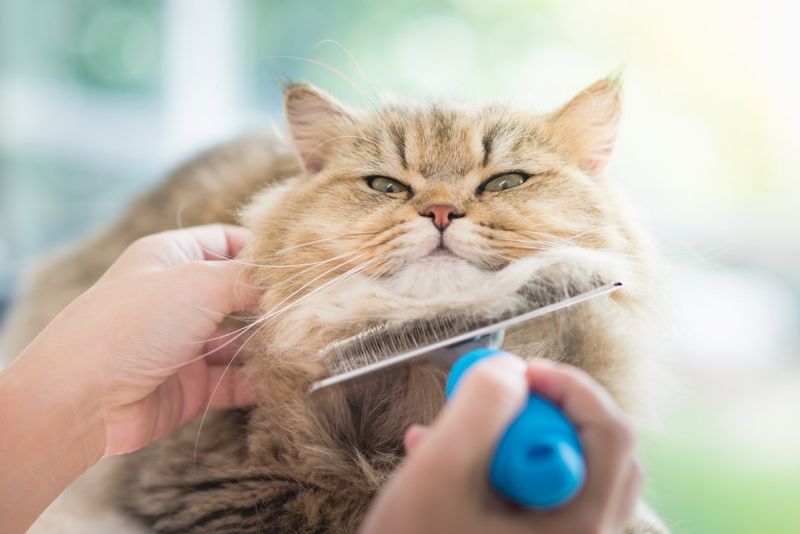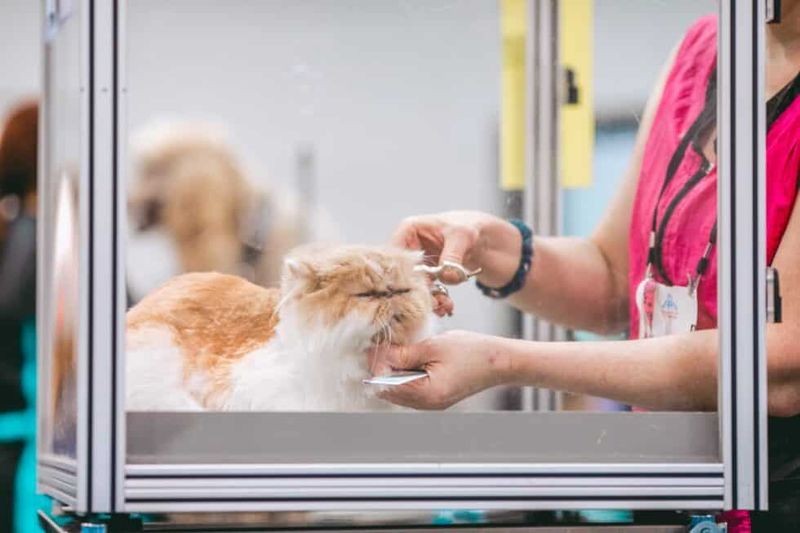📖 Table of Content:
For many cat owners, the idea of shaving their feline companion turns into a dreaded showdown of claws, growls, and regret. Whether it’s due to matted fur, excessive shedding, or medical reasons, shaving a cat that clearly despises the process can feel like trying to give a lion a bath—with similar consequences.
But here’s the thing: it is possible. With the right approach, a bit of planning, and some clever behavioral tricks, you can turn an impossible task into a (mostly) manageable one. The key is to understand your cat’s limits, respect their fear, and introduce grooming in a way that feels more like TLC than a full-on ambush.
Below are 7 tried-and-true tricks that can help you safely and effectively shave a cat who absolutely hates it. From calming setups to behavioral conditioning, these tips will make a world of difference—for both of you.
1. Tire Them Out First
Exhaustion is a surprisingly effective tool when it comes to grooming a feisty feline. Rather than approaching your cat cold, spend time engaging them in active play beforehand. Think feather wands, laser dots, or their favorite string toy—whatever gets them darting around. A physically tired cat will have less energy to resist or panic during grooming. As a bonus, the post-play endorphins can help keep them naturally calmer. This technique is especially helpful for younger or high-energy cats who are always on the move. Just be sure to allow a few minutes for your cat to catch their breath before you begin.
2. Use the Right Tools
Quality equipment makes a huge difference in how smoothly (and quietly) the grooming process goes. Cats are extremely sensitive to sound and vibration, so avoid noisy, industrial clippers that may startle them. Instead, opt for a low-vibration pet trimmer specifically designed for cats or small animals. Keeping a detangling spray and blunt-tip scissors on hand can also help manage trouble spots safely. A grooming glove or brush is a good pre-step to remove loose hair and avoid tugging. Choose tools with ergonomic grips so you can maneuver more confidently under pressure. The right gear won’t just improve your technique—it’ll improve your cat’s comfort level.
3. Create a Calming Setup
Environment plays a silent but powerful role in how your cat reacts. Transforming the grooming space into a calm, secure zone can reduce anxiety from the start. Use a quiet, enclosed room without loud noises or sudden movements, and place your cat on a grippy surface like a yoga mat or towel. Soft, instrumental music or white noise may ease background tension for both of you. Avoid grooming near windows where they might be distracted or agitated by outside sights. If your cat tends to bolt, try gently wrapping them in a towel, leaving only the area you’re working on exposed. This “kitty burrito” method offers both physical restraint and emotional comfort.
4. Get Them Used to Handling
Acclimation is everything when it comes to grooming success. Before even turning on clippers, spend several days simply getting your cat used to being touched where you’ll shave. Lightly rub their legs, belly, and back, offering treats as you go to reinforce positive associations. Gradually introduce grooming tools by letting them sniff and explore them while you reward good behavior. Consistency helps build trust and takes the surprise factor out of the experience. Be patient—some cats need more time than others to adjust. These mini sessions may seem slow at first but pay off in reduced stress later.
5. Break It Into Sessions
Attempting a full shave in one sitting is often where things go wrong. Rather than forcing it all at once, commit to short, manageable sessions over multiple days. A 5–10 minute shave per day can be enough to make steady progress without overwhelming your cat. Watch for signs of distress like heavy breathing or tail flicking, and stop before things escalate. Progress made in small steps is still progress—don’t rush the process. Consider keeping a log of which areas you’ve trimmed to avoid overworking the same spots. This staggered approach helps both you and your cat stay calm and safe.
6. Reward Generously
Positive reinforcement can completely reshape how your cat views shaving. Instead of punishment or restraint alone, offer high-value rewards before, during, and especially after each grooming session. Lickable treats, tuna bits, or freeze-dried snacks work wonders as distractions and bribes. Over time, your cat may begin to associate clippers with something good rather than something terrifying. Be generous and consistent—cats are more food-motivated than many people realize. Even gentle praise in a soothing voice can help build a sense of safety. When they feel rewarded, they’re more likely to cooperate the next time.
7. Know When to Call the Pros
Sometimes, despite your best efforts, the DIY route just isn’t worth the trauma—for you or your cat. If your cat is highly reactive, aggressive, or panics easily, a professional groomer might be the safest choice. Look for someone with feline-specific experience, and ideally, check reviews or get recommendations. Some cats may even need light sedation for more extensive grooming; in those cases, consult your vet. Don’t feel guilty—knowing your limits is part of responsible pet ownership. In many situations, trained professionals can complete the grooming more quickly and with far less stress. Safety and well-being should always come before aesthetics.
